Having owned various cameras over the past two decades, I believe I have amassed sufficient knowledge to provide you with an honest assessment of the variances among the leading camera manufacturers.
In this review, we will explore which brand offers the best or most accurate color science, as well as which delivers the most visually appealing results.
The brands and camera models
Here I will make a list of all the cameras I’ve own so you can have a better understanding on my thoughts.
Canon
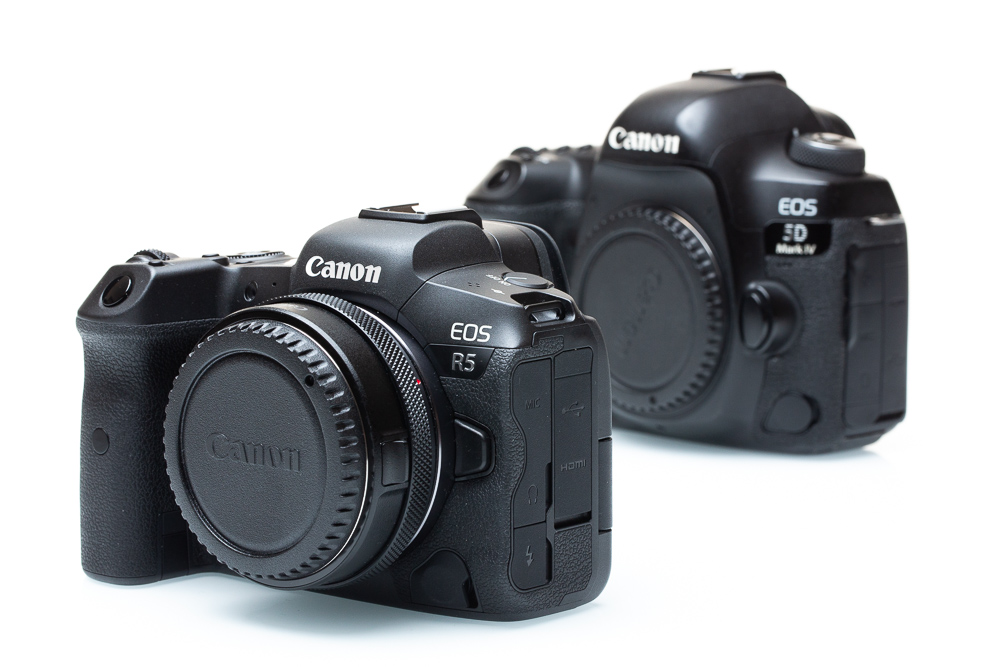
Canon used to dominate the DSLR market by a significant margin, outselling its competitors by a factor of over 4.
In the past, Canon products were known for being better engineered compared to the competition. I believe they had the most skilled engineers and the largest budget as well.
The only drawback of Canon was also its greatest strength. Their sensors used to have less dynamic range than Sony, but overall, they produced more realistic and pleasing colors.
Models I’ve own in the past
- Canon EOS 550D
- Canon EOS 5D Mark II
- Canon EOS 6D
- Canon EOS 5D Mark III
Nikon
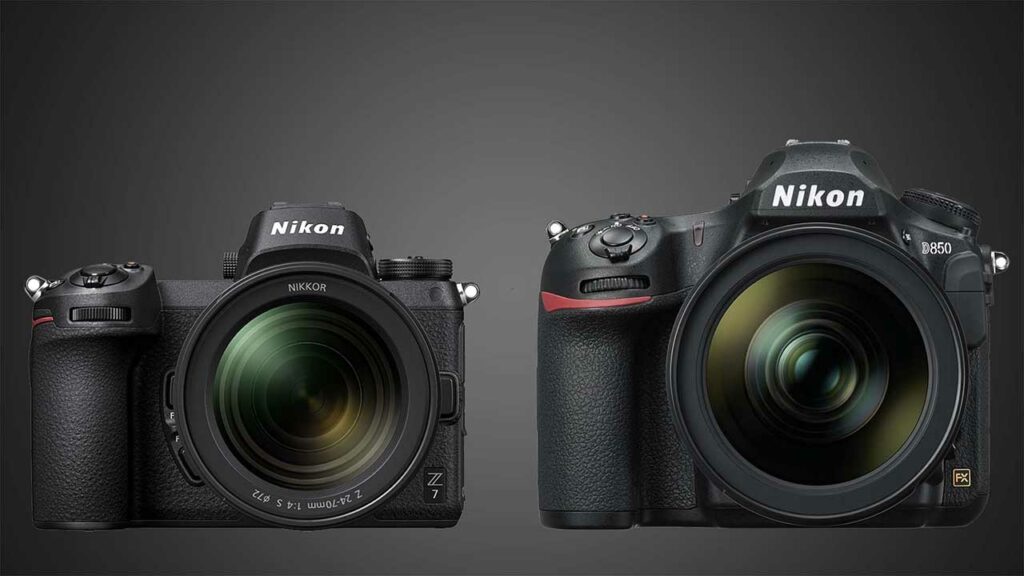
In the past, Nikon was a smaller company compared to Canon, generating most of its revenue from other devices such as microscopes.
Throughout the DSLR era, Nikon consistently trailed behind Canon as the runner-up. While their products were of good quality, they often fell short, with aspects such as the interface appearing less refined.
Nikon began using Sony sensors since the Nikon D800, which significantly influenced the appearance of their color science.
Models I’ve own in the past
- Nikon D800 x2
Sony
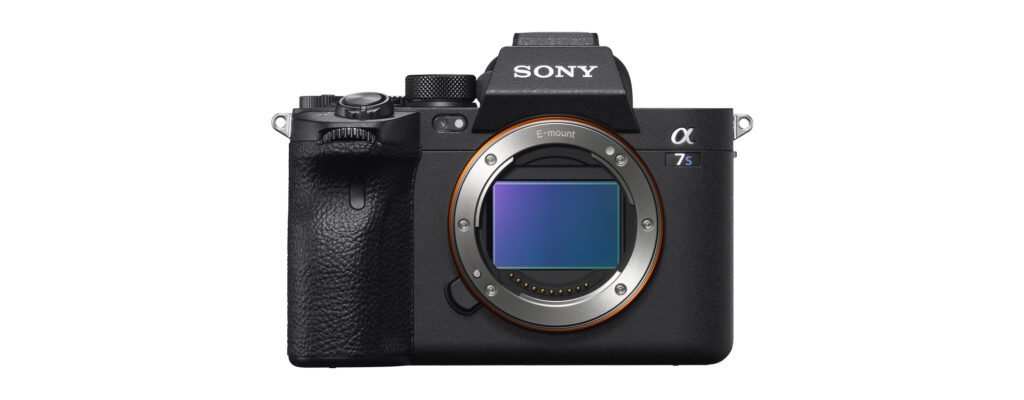
Sony has never fully committed to the DSLR market, instead favoring electronic viewfinders (EVF) even prior to the emergence of mirrorless cameras.
This strategic direction has propelled Sony to the forefront of the mirrorless camera industry. Unlike its competitors, Sony operates more akin to Samsung, functioning as a vast conglomerate spanning various electronic sectors.
Sony notably acquired sensor technology from Toshiba, which revolutionized dynamic range. We transitioned from 11 or 12 stops to 14, 15 stops of usable dynamic range.
Model I currently own
- Sony A7S III
Fujifilm
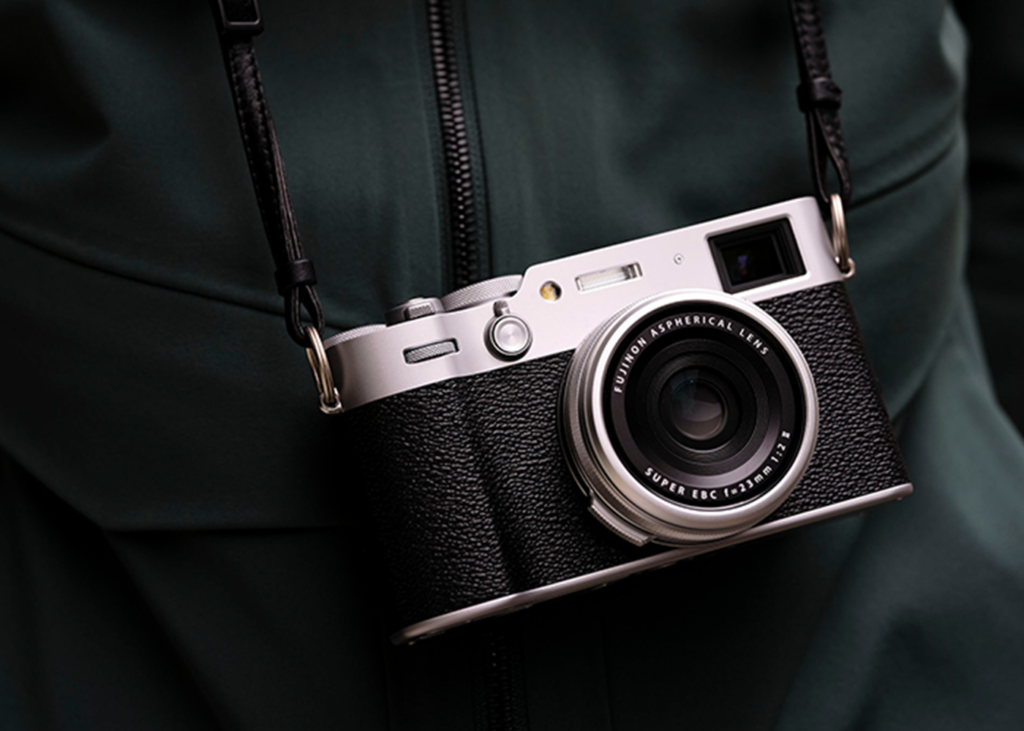
Fujifilm stands out as the trendy newcomer in the industry. They’ve consistently sought to set themselves apart from the competition. For instance, they’ve opted not to release a full-frame X-Trans sensor, instead concentrating on APS-C (for portability) and medium format (for superior quality).
Fujifilm is renowned for its iconic film era when it competed with Kodak. As a result, they have emphasized their color science and profile pictures, replicating their film stocks.
I must admit, Fujifilm cameras offer one of the finest user experiences, and their color science is truly remarkable. However, in my opinion, achieving an accurate and neutral appearance can be challenging; their processor often lends a somewhat three-dimensional effect to people’s appearances.
Models I’ve own in the past
- Fuji X100S
The color science
The key point to grasp is that when shooting in RAW format, you can attain a very comparable appearance with each brand, albeit requiring slightly more effort with some.
The primary distinction lies in how they handle mixed lighting and varying exposure levels, often exhibiting false colors. These color shifts tend to produce unnatural images that diverge significantly from reality.
Moreover, achieving precise color and skin tone accuracy necessitates a certain level of depth and nuance to look rich and realistic.
Canon

In my view, Canon excels in color science for photography. This is an area where the company has demonstrated mastery for a long time.
What sets Canon color science apart is its remarkably natural and realistic appearance, almost true to life.

When you view a picture straight from a Canon camera, the colors never appear artificial. The images are vibrant and slightly saturated, particularly in the reds, yet overall well-balanced and highly accurate.
Canon truly excels in reproducing skin tones, which is arguably the most challenging aspect in demonstrating nuances color accuracy, given how easily false colors can be detected on skin.

To accomplish this, you require excellent automatic white balance, a superior metering system, and precise rendering of skin tones. Even in artificial and mixed lighting, Canon fair extremely well and look perfect out of the box.
When it comes to photorealism, I think Canon is by far the best option out there.
Summary: Color accurate, Punchy, Realistic, Best for skin tones, Not the best with 10 and 12 bit video.
Nikon

Nikon’s color science presents an intriguing departure from that of most other manufacturers, though it shares similarities with Sony since they both utilize the same sensors.
In assessing Nikon’s color science, I would describe it as somewhat less realistic and less accurate in terms of color reproduction compared to Canon.
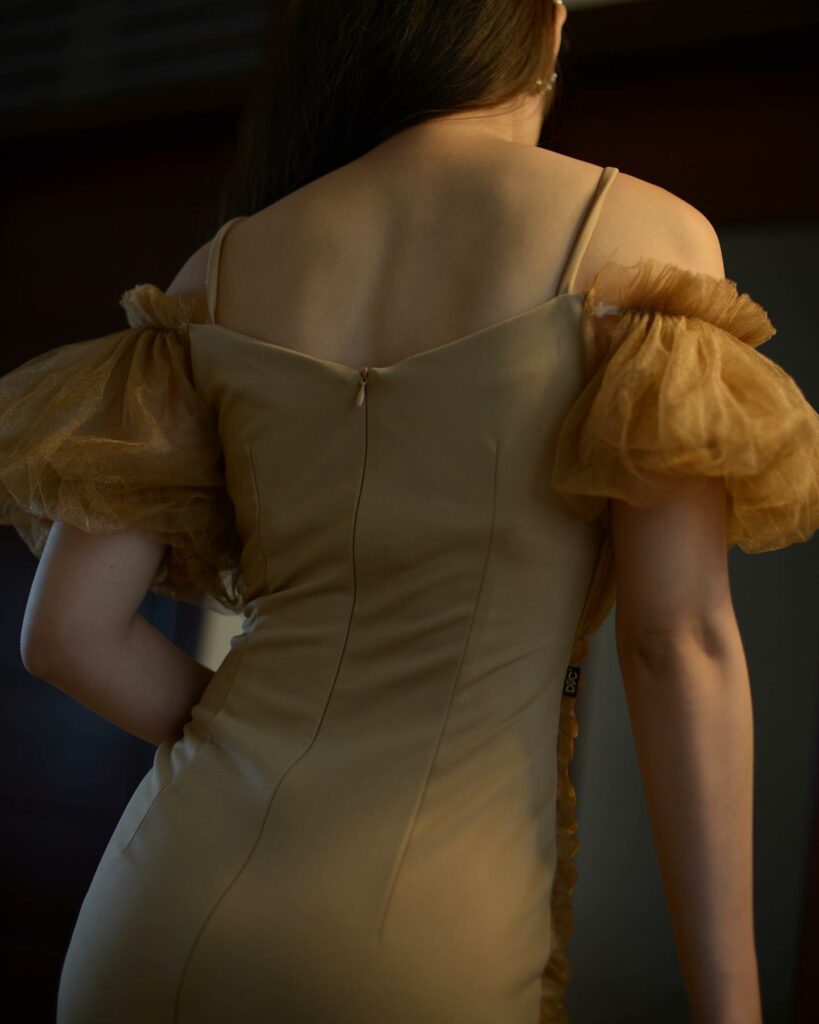
Images captured with Nikon cameras often exhibit a slightly dull appearance, with a noticeable yellow and green tint straight out of the box.

I believe Nikon’s color rendition still possesses a distinctiveness that stands out, especially in the hands of highly skilled post-processing experts. Notable photographers like Alessio Albi, Nicholas Fols, or even Emmanuel Lubezki demonstrate the potential of Nikon’s color science.
Similar to Sony, Nikon’s files tend to be cleaner than Canon’s counterparts, yet they often deliver more pleasing results straight out of the box compared to Sony’s JPEGs.

Even after adjusting for white balance in post-processing, I notice that Nikon files tend to exhibit a distinct character compared to Canon. Particularly at extreme Kelvin temperatures, they can sometimes appear slightly unusual.
Summary: Pleasing colors, Slightly warm orangey and uniform skin tones, Needs skills to retouch but can look fantastic
Sony

Using Toshiba acquired sensor technology, files coming out of Sony Cameras have something similar to that of Nikon cameras.

Overall, I would say that Sony has a neutral scientific look that doesn’t necessarily look that spectacular out of the box. The skin tones are beautifully balanced, offering a perfect blend of realism and a polished, commercial finish.

It’s true, sometimes it’s quite close to what Canon achieves. However, for some reason, the colors displayed on the electronic viewfinder (EVF) and screens differ slightly from the final output.

When in live view, skin tones often appear with a magenta cast, although this can be corrected in post-processing. Nonetheless, I still feel that Sony’s color science isn’t quite up to the level of Canon’s, which consistently produces realistic colors in all conditions.

Perhaps this is a limitation of most cameras, as they struggle to accurately capture the pattern of LED lights, which are far less consistent and uniform compared to tungsten bulbs with their color spectrum and therefore with their naturally warm, golden glow.

Sony excels particularly in color science for video. For various reasons, even when shooting in raw format, the conversion from 14 bits to 12 or 10 bits always appears to be much smoother on Sony cameras compared to Canon where you can clearly see that some colors are missing.
Summary: Neutral scientific colors, Dull out of the box, Magenta cast with tungsten lighting, Best in 10 bit video
Fujifilm

Once again, Fujifilm emerges as an innovative newcomer in the industry. Their recent release, the Fuji XH2S, boasts a 10-bit ProRes codec within its features.

In terms of photography, the Fuji color science and lenses impart a distinct appearance that can occasionally give models a somewhat artificial, “wax doll” appearance. While their aesthetic is undoubtedly appealing, Fuji doesn’t prioritize color accuracy, although some individuals can achieve precise and accurate results when choosing the right profile.

In the realm of video, Fuji has become a formidable competitor. However, minor drawbacks such as autofocus and in-body image stabilization (IBIS) remain the only factors preventing me from fully embracing this ecosystem.
Summary: Great film emulation, Can look a little too much 3D at times, Strong contender in video
Conclusion
I believe all manufacturers have the capability to produce stunning images; it’s just a matter of understanding which camera can deliver the results you desire.
For instance, if you prioritize obtaining flawless images straight out of the camera or are particularly meticulous about capturing accurate skin tones for portrait or fashion photography, Canon may be the ideal option for you.
Conversely, if you prefer to heavily retouch your RAW files and create fantasy or cinematic-style frames, then Nikon could be a great choice.

Sony is also a reliable option for various types of photography and videography. I don’t believe that the color science of this manufacturer would hinder you from achieving any specific aesthetic; in fact, I would argue that they are among the best for capturing 10-bit video at the moment.
If you prioritize having a superior shooting experience and the capability to achieve a cinematic look, perhaps Fujifilm could be the ideal choice for you. It’s worth noting that this brand exclusively offers APS-C and medium format modern cameras.
Information
Our Video Production Company: https://www.neonnight.fr/en/



GIPHY App Key not set. Please check settings
One Comment